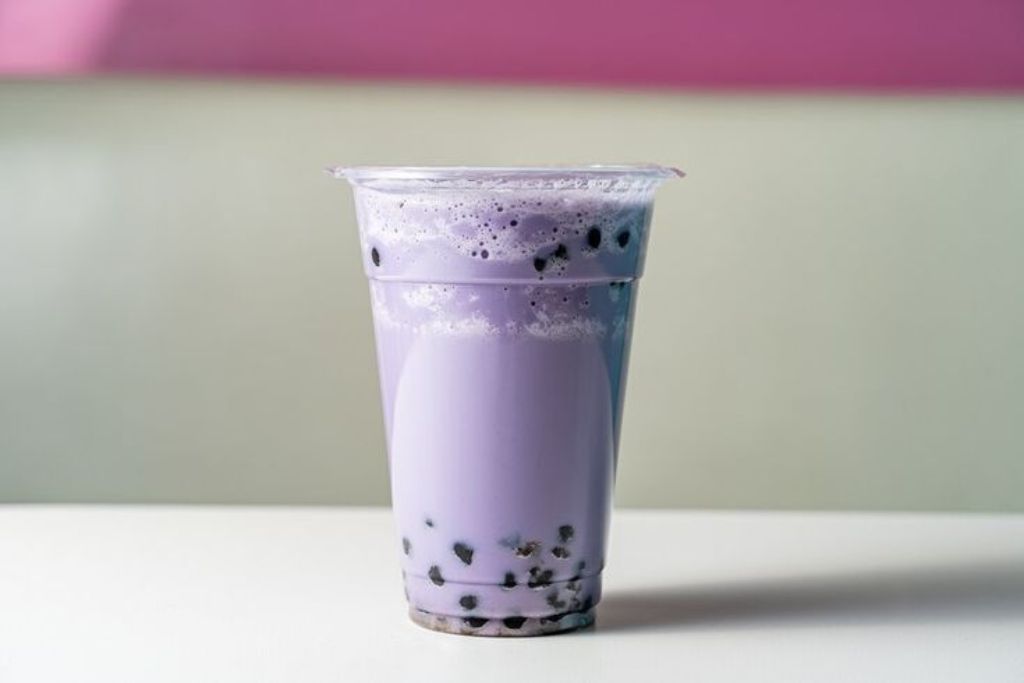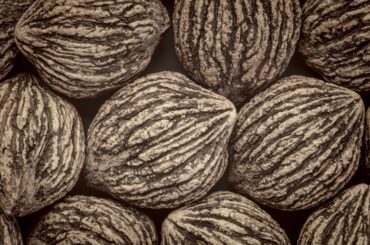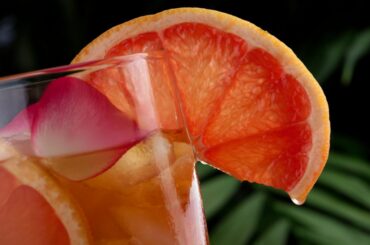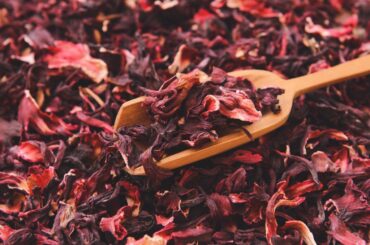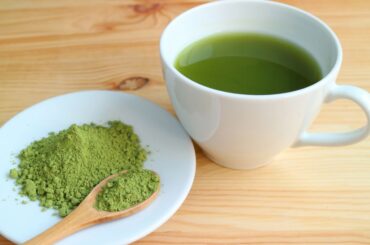Have you ever wondered what goes into making a truly delicious cup of ube tea? You’re in for a real treat if deep purple hues and savory, earthy tastes pique your interest.
Did you know that “ube” is a specific variety of purple yam that is prized for its eye-catching appearance and delicious flavor?
It’s essential in Filipino cuisine and a delightful twist on your standard cup of tea.
This ube tea recipe is perfect for those who appreciate experimenting with new flavors and cuisines. No matter how skilled you are in the kitchen, this guide will show you how to prepare a soothing cup of ube tea.
What is Ube Tea?
Ube tea comes from the Philippines, which is known for its colorful flavors and long history of cooking. This tasty drink is made from the purple yam, which people in the Philippines call “ube.”
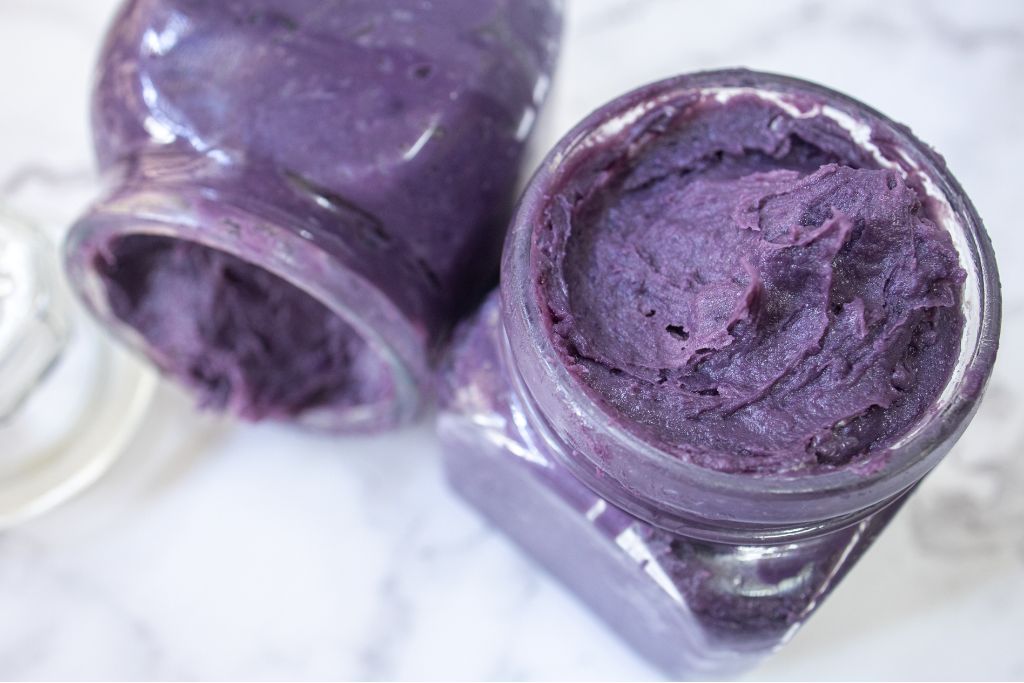
The Philippines are known for the delicious ways they use ube in food and sweets, and ube tea is no different. If you ever get the chance to visit the Philippines, you’ll find ube tea in shops and homes. This shows how much the country loves strong flavors and bright treats.
An interesting mix of the earthy and sweet flavors of purple yam and the calming effects of tea is what makes the ube tea. The purple yam gives the drink its beautiful color and warm, energizing taste.
To make ube tea, cook, mash, and steep ube in a tea base. The drink is a beautiful color and tastes good with a hint of nuts. Ube tea tastes interesting and good whether it is hot or cold.
What Part of Ube is Used for Tea?
The bright purple yam, which is also called “ube,” is the main ingredient in ube tea. This special yam is picked, cooked, and turned into a delicious ingredient that gives the tea its unique color and flavor. The ube provides the tea with its unique qualities, making it a truly magical and tasty experience for your senses.
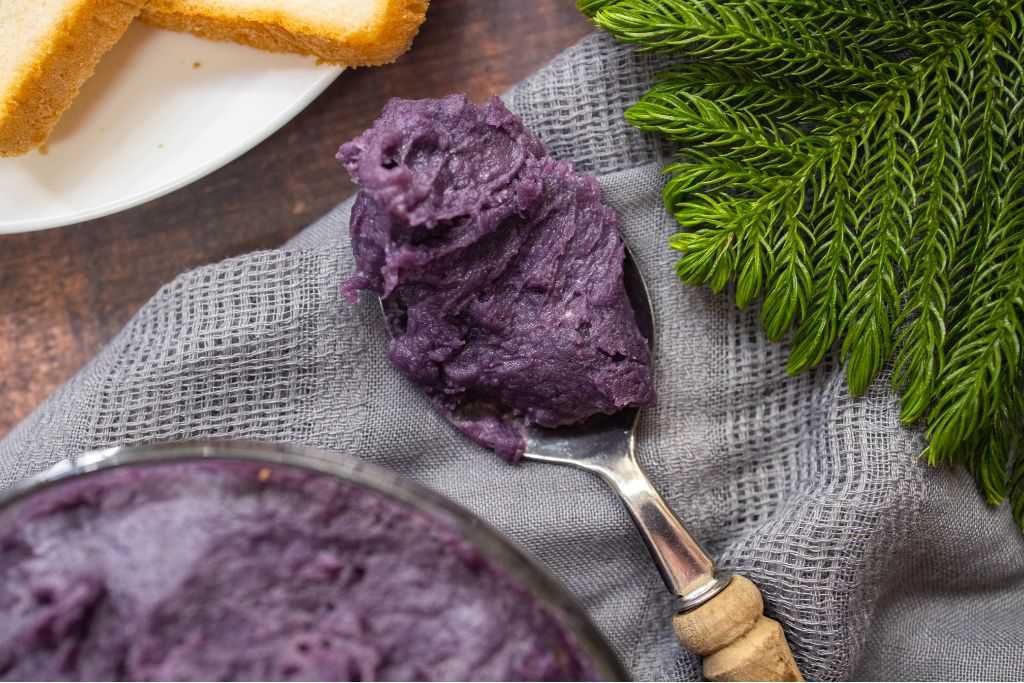
What Does Ube Tea Taste Like?
Ube tea has a wonderful mix of soothing and interesting tastes. Envision yourself relaxing with a cup of tea with a gentle sweetness, traces of nuttiness, and a calming earthiness. Like its vibrant purple appearance, ube tea’s flavor is intriguing and pleasant.
What is Ube Tea Good for?
Ube tea has a mix of comforting tastes, and it is often drunk because it calms and soothes. This drink’s natural sweetness and gentle earthiness make it a terrific way to relax and enjoy a sip, even though it is not a medicine. It’s a soothing and pleasurable way to experience purple yams’ distinctive flavors.
Ube Tea Ingredients
Let’s review what you’ll need before we start preparing ube tea. This vibrant drink is made with a few basic ingredients and is a great treat. Here is a list of the things you need to make ube tea:
- Ube (Purple Yam): The main attraction! Ube gives ube tea its unique color and taste, which makes it so special.
- Water: Essential for making the tea and adding the taste of the ube to it.
- Black Tea Bags: Use black tea bags as the base of your ube tea to give it more depth and flavor.
- Sugar (Optional): If additional sweetness is desired, sugar can be added to flavor. You are not required to use this ingredient, and you can alter the recipe to your liking.
- Milk (Optional): Add a little milk to your ube tea for a creamy twist. You are free to omit this step if you’d prefer.
How to Prepare Ube Tea
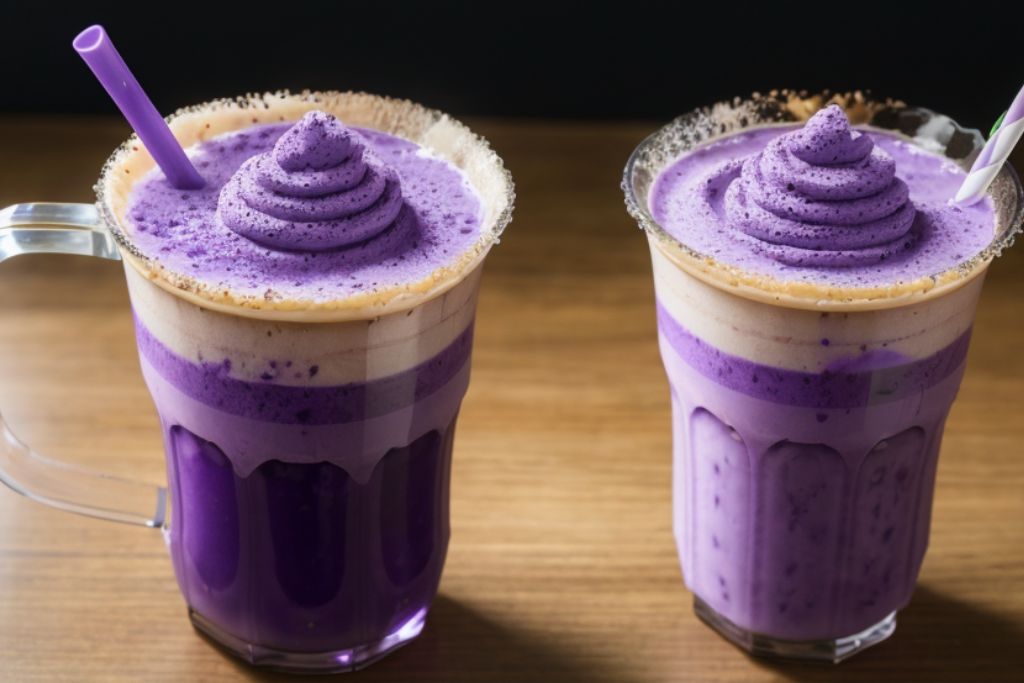
Making ube tea is a delightful activity that combines the two soothing elements of ube and tea. Here are the simple instructions for preparing your own cup of this miraculous beverage
1. Prepare the Ube
Peel the purple yam, or ube, and cut it into small bits. This will help the tastes blend into the tea better.
2. Boil the Water
Bring water to a slow boil in a pot for about 185-194℉ (85-90℃) temperature. Once the water is boiling, add the chopped ube bits. Let it simmer for about 10 to 15 minutes to let the color and taste of the ube seep into the water.
3. Add the Tea Bags
Add black tea bags to the pot if you want to make ube black tea. A standard cup of tea only needs one or two tea bags. Ensure the tea is tasty by letting the bags steep for three to five minutes.
4. Sweeten if Desired
If you like your tea sweet, this is the time to add sugar. Give it a good stir to incorporate the sugar. This is an optional phase that can be altered to suit your preferences.
5. Strain and Serve
Carefully strain the ube tea to remove the tea bags and thick pieces of ube. Pour the pretty-colored liquid into a cup you like.
6. Enjoy Your Creation
Now you’re ready to enjoy your ube tea. You decide whether to consume it hot or cold. Add a little milk for a creamier consistency.
Tips for Making Ube Tea
Before you make your first cup of ube tea, here are some helpful tips to make sure it’s a real treat:
Ideal Brewing Time
Let the ube pieces simmer in the water for about 10 to 15 minutes to get a balanced blend of tastes. This length of time lets the ube show off its bright color and unique flavor, making your ube tea a better overall experience.
Rinsing the Ube
After you’ve peeled and chopped the ube, give it a quick rinse under cool water. This helps remove any extra starch and ensures that the water will be cleaner when the ube is put into it.
Balancing the Sweetness
If you want to sweeten your ube tea, add a bit at a time and taste. You can adjust the sweetness in this way to suit your tastes. Keep in mind that adding sugar is much simpler than removing it.
Experiment with Milk
If you’d like to add milk to your ube tea, do so with caution and work up to your preferred level of sweetness. The milk’s smooth texture and rich flavor pair well with the robust notes of ube and tea.
Maintaining Temperature
When boiling the water, aim for a temperature between 185-194℉ degrees Fahrenheit (85-90℃). This range is best for getting the most taste out of the ube tea without overpowering its delicate parts.
Savoring Your Creation
When your ube tea is ready, take a moment to enjoy its beautiful color and tempting smell. Ube tea is a unique and enjoyable experience, whether you drink it on your own or with people you care about.
Ube Tea Nutritional Facts
Let’s discover what nutrients ube tea has before you gulp it down. These calculations are based on typical serving sizes, which might vary depending on factors like the specific components used and the individual’s dietary habits and preferences.
- Calories: 320 cal
- Carbohydrates: 20g
- Protein: 4 g
- Fat: 13 g
- Saturated Fat: 6 g
- Cholesterol: 10 mg
- Sodium: 25 mg
- Potassium: 0 mg
- Sugar: 17 g
- Vitamin: 12 mg
- Fiber: 4 g
Disclaimer: These nutritional values are approximations and vary by serving size and ingredient. Sweeteners and high-fat milk increase calories and sugar levels. However, antioxidant-rich ube tea may be beneficial. Watch portion sizes and ingredients to enjoy ube tea as part of a balanced diet.
Ube Tea Benefits
In addition to its delectable flavor, ube tea may also provide some health benefits. Ube tea has numerous benefits, so let’s examine a few of them.
Rich in Antioxidants
Ube, the primary ingredient, has antioxidants that may prevent free radicals from damaging your cells. Antioxidants contribute to overall bodily health and wellness.
Anti-Inflammatory Properties
Some compounds in ube have been linked to anti-inflammatory benefits. This could help make the body less inflamed.
Supports Digestive Health
Ube is a good source of dietary fiber, which helps your body digest food well and keeps your bowels moving regularly.
Vibrant Color, Nutrient-Rich
People often say that ube’s bright purple color comes from anthocyanins, which are pigments that might be good for your health.
Hydration
The water in ube tea can help you stay hydrated daily, which is essential for many body processes.
Sense of Relaxation
The soothing taste of ube tea might help you relax and feel better for a moment, which is great after a long day.
FAQs
What Does Ube Milk Tea Taste Like?
Ube milk tea has a sweet, earthy taste that comes from the combination of the sweetness of milk and the unique flavor of purple yam.
Is There Caffeine in Ube?
No, ube doesn’t have any caffeine in it by itself, but if black tea is used to make ube tea, it may have some caffeine.
How Healthy is Purple Tea?
Like ube tea, purple tea has antioxidants and might benefit your health. However, the food’s nutritional value will vary depending on ingredients and consumption.
Is Ube Tea Better Than Green Tea?
Green tea and ube tea have different tastes and might have other health effects. “Better” depends on what you like and the health benefits you seek.
What is the Difference Between Taro and Ube Tea?
Taro and ube are two distinct kinds of roots, but they taste and look different. Taro tea tastes more like nuts, while ube tea is sweeter and has a clear purple color.

